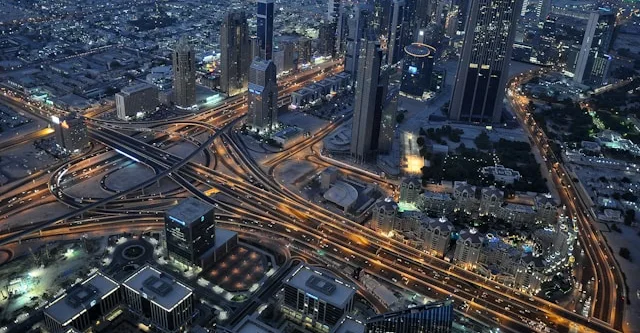Strong foreign reserves, government fiscal policy, and Vision 2030 fuel Saudi Arabia’s financial resilience amid global challenges
Saudi Arabia’s official reserves hit a 21-month high in August 2024, climbing to SR1.76 trillion ($469.83 billion), according to recent data from the Saudi Central Bank (SAMA). This marks a 10% year-on-year increase and reflects the country’s strong economic position as it navigates global uncertainties.
The vast majority of these reserves—95%, or SR1.67 trillion—are held in foreign assets such as currency deposits abroad and investments in foreign securities. This segment alone grew by 10.62% in the past year. The Kingdom’s reserves also include monetary gold, special drawing rights (SDRs) from the International Monetary Fund (IMF), and its IMF reserve position. SDRs, valued at SR79.35 billion, grew by 2%, bolstering Saudi Arabia’s liquidity and capacity to engage in international trade.
Though Saudi Arabia’s IMF reserve position—essentially the amount it can withdraw from the IMF without conditions—declined by 9%, the Kingdom’s overall reserve health remains robust. These reserves are among the largest in the world, signalling Saudi Arabia’s ability to withstand external pressures such as fluctuating oil prices, geopolitical instability, and shifts in global financial markets.
Embed from Getty ImagesFitch Ratings had previously noted that, as of February 2024, Saudi Arabia’s reserve coverage ratio stood at an impressive 16.5 months of current external payments. This indicates the country’s capacity to meet its external obligations for a prolonged period, a factor that helps to boost investor confidence. High reserves act as a financial buffer, ensuring economic stability during periods of volatility and enhancing the attractiveness of Saudi Arabia as an investment destination.
Saudi Arabia’s strong fiscal position, driven by sound management of both public funds and debt, has allowed the Kingdom to access global capital markets with relative ease. By issuing bonds and sukuk at competitive rates, the government has been able to finance large-scale development projects such as NEOM and the Red Sea Project. These investments are key components of Vision 2030, the government’s ambitious plan to diversify the economy away from oil dependency by promoting sectors like tourism, infrastructure, renewable energy, and technology.
In tandem with this expansion, government spending has increased significantly, raising the possibility of a fiscal deficit in the medium term. Despite this, the Kingdom’s ample reserves and strong debt ratings provide the flexibility needed to manage this spending. Saudi Arabia has room to raise additional debt without facing significant financial stress, allowing it to finance projects while maintaining overall economic health.
The Ministry of Finance, in its pre-budget report for 2025, underscored the government’s commitment to tapping into favourable market conditions for alternative financing activities. These activities are part of a broader strategy aimed at stimulating economic growth while diversifying the Kingdom’s financial channels. This approach also strengthens the country’s financial markets and encourages new investment both domestically and internationally.
Crucially, Saudi Arabia’s fiscal policy is designed to maintain safe levels of reserves, safeguarding the economy against potential external shocks. This fiscal prudence ensures that the Kingdom remains resilient in the face of global economic challenges, reinforcing its position as a regional financial leader.
